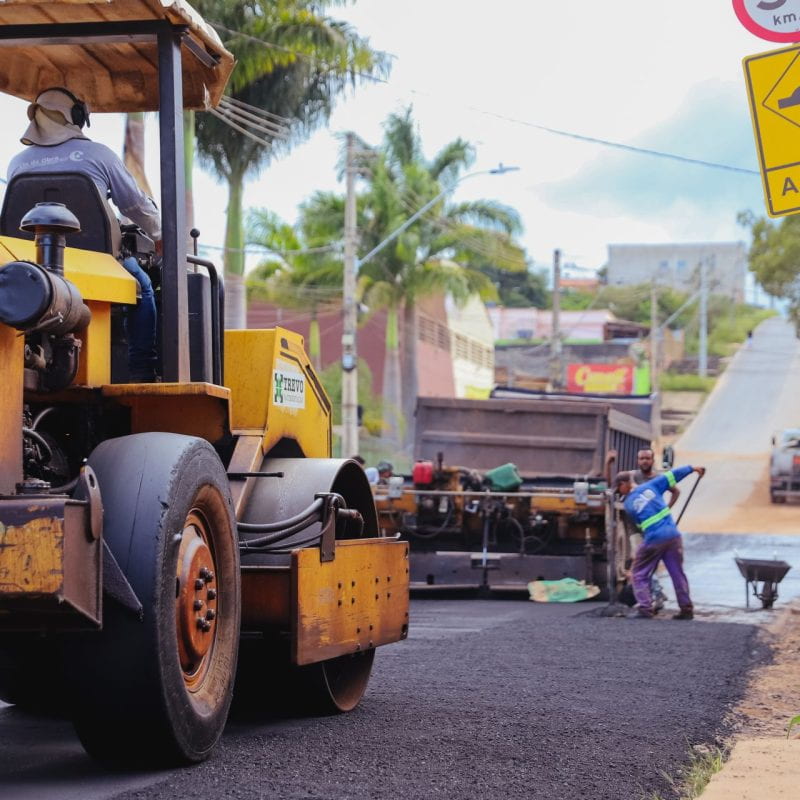
Young Worker Organizing
The Center for Labor and Community is partnering with labor and community organizations across the region to investigate the conditions under which young people are organizing at work and beyond.
Led by Dr. Veronica Terriquez at the UCLA Chicano Studies Research Center (CSRC), this multi-method, community-engaged study will explore the employment patterns of youth in Santa Cruz and Monterey Counties, with a focus on those working in low-wage industries.

Higher Education’s Labor Upsurge
Higher education is in the midst of a labor upsurge. In 2022, the six largest union filings with the National Labor Relations Board were all for graduate worker unions. Meanwhile, the year’s largest strike action was undertaken by academic workers.
The Center for Labor and Community works with campus unions and unrepresented workers at the University of California and beyond to build campaigns that can meet the challenges and possibilities of organizing today. Recently, we brought together worker-leaders from over a dozen institutions of higher education across the United States, Canada, and the Atlantic to discuss the sector’s growing militancy.

International Labor Studies
Around the world, unions and the workers they represent have been negatively affected by deindustrialization, growing labor precarity, job displacement due to climate change, and neoliberal trade and finance policies, among other issues.
In order to rebuild labor power in the face of finance-led globalization and a rapidly-transforming global working class, unions are reinventing their political strategies, organizational practices, and institutional forms.
The Center for Labor and Community, in partnership with researchers and unionists from the Central Unica dos Trabalhadores (Brazil), is leading a qualitative study to document and analyze the strategies being employed by international unions to promote labor revitalization.

Housing Justice
By all accounts, the Central Coast is unable to provide stable housing for working people. With median rent in the Santa Cruz-Monterey Bay Area breaching $3,000 per month, our region is now the least affordable in the United States. The Center for Labor and Community works to study this crisis and policies to address it.
This includes the No Place Like Home project, which surveyed the experience and impact of the crisis for Santa Cruz County renters, as well as two forthcoming projects: WUI Research for Resilience, on the displacement of workers to hazardous outskirts of our region; and Housing Monterey Bay Area Workers, on new approaches to social and workforce housing created by and for unions and community partners.
